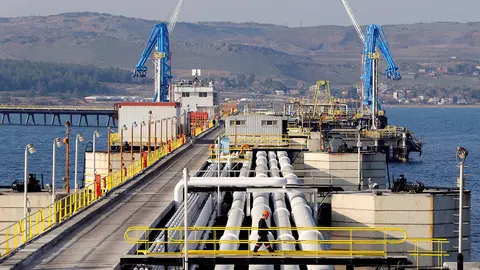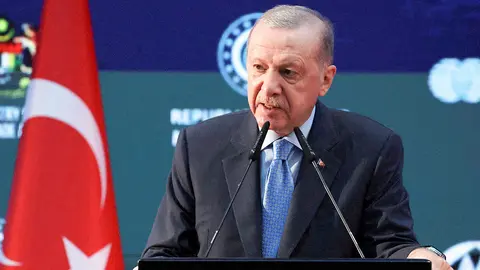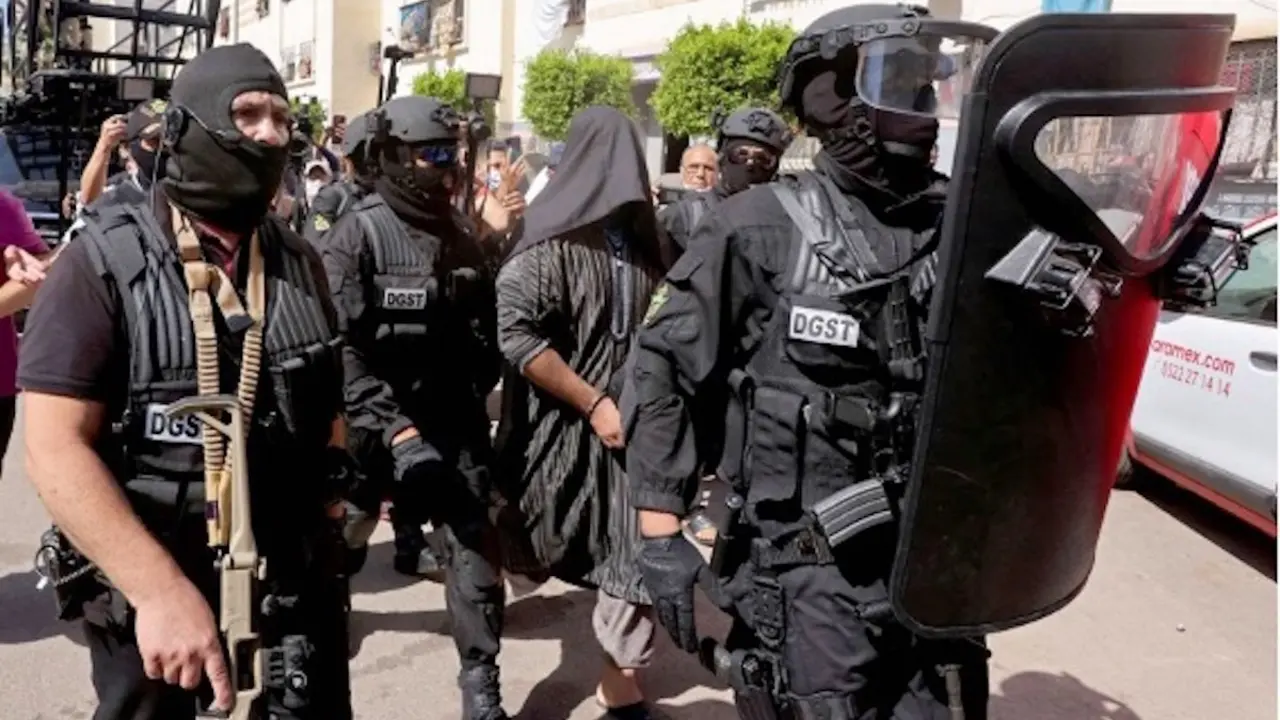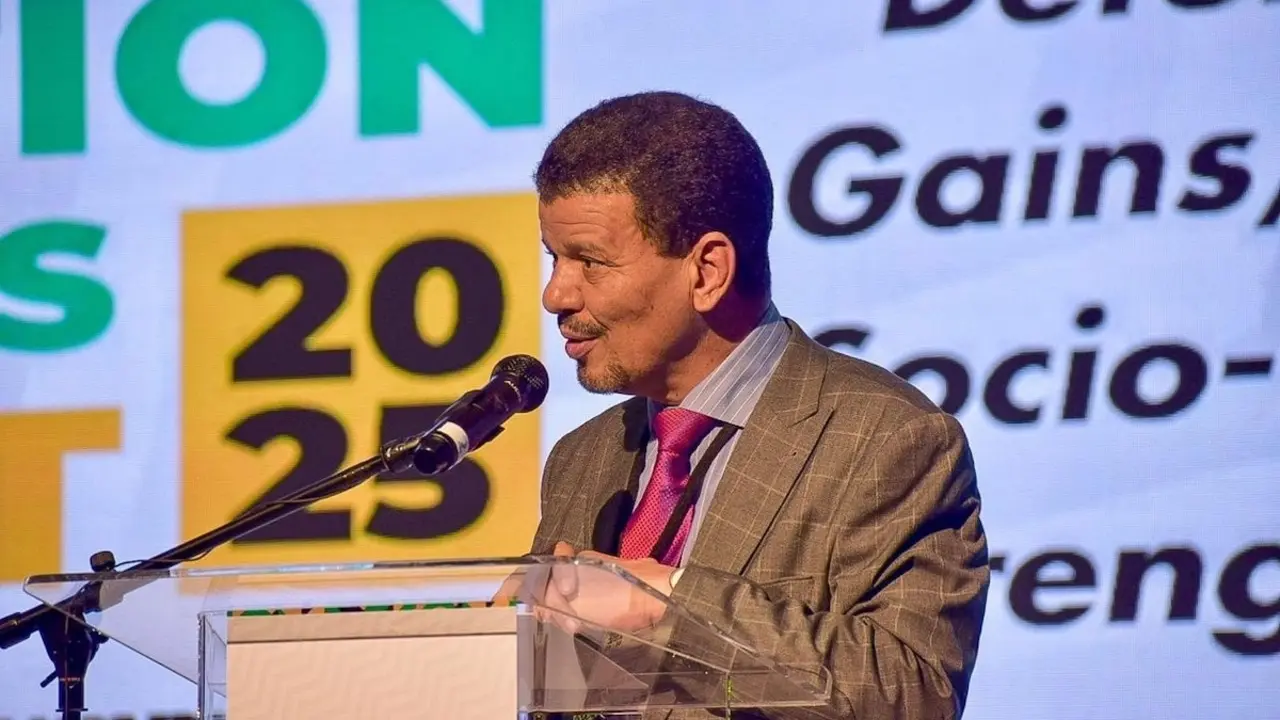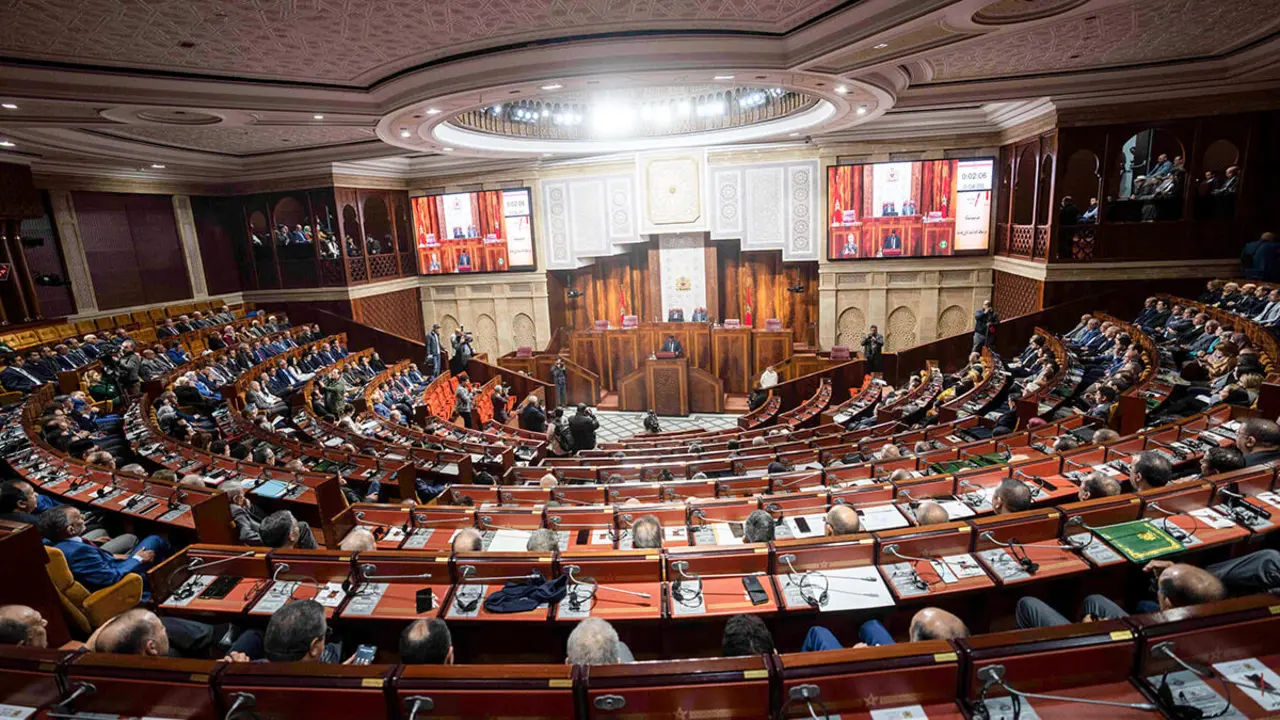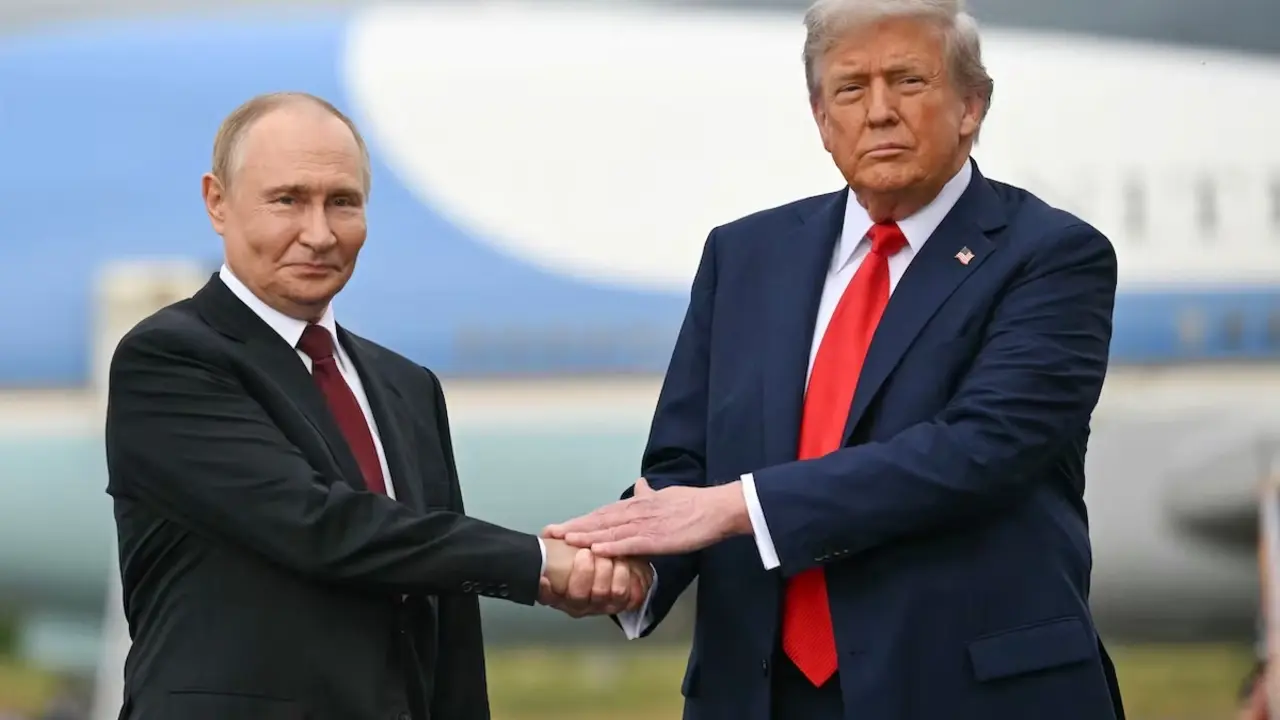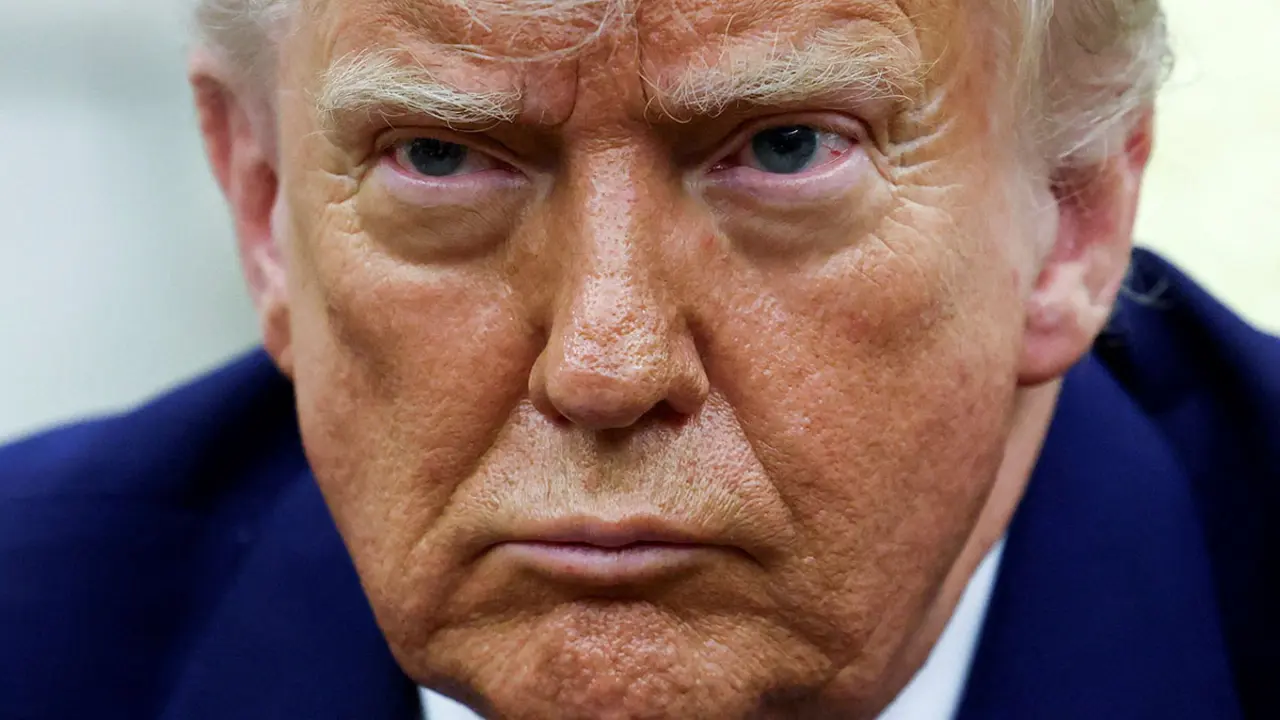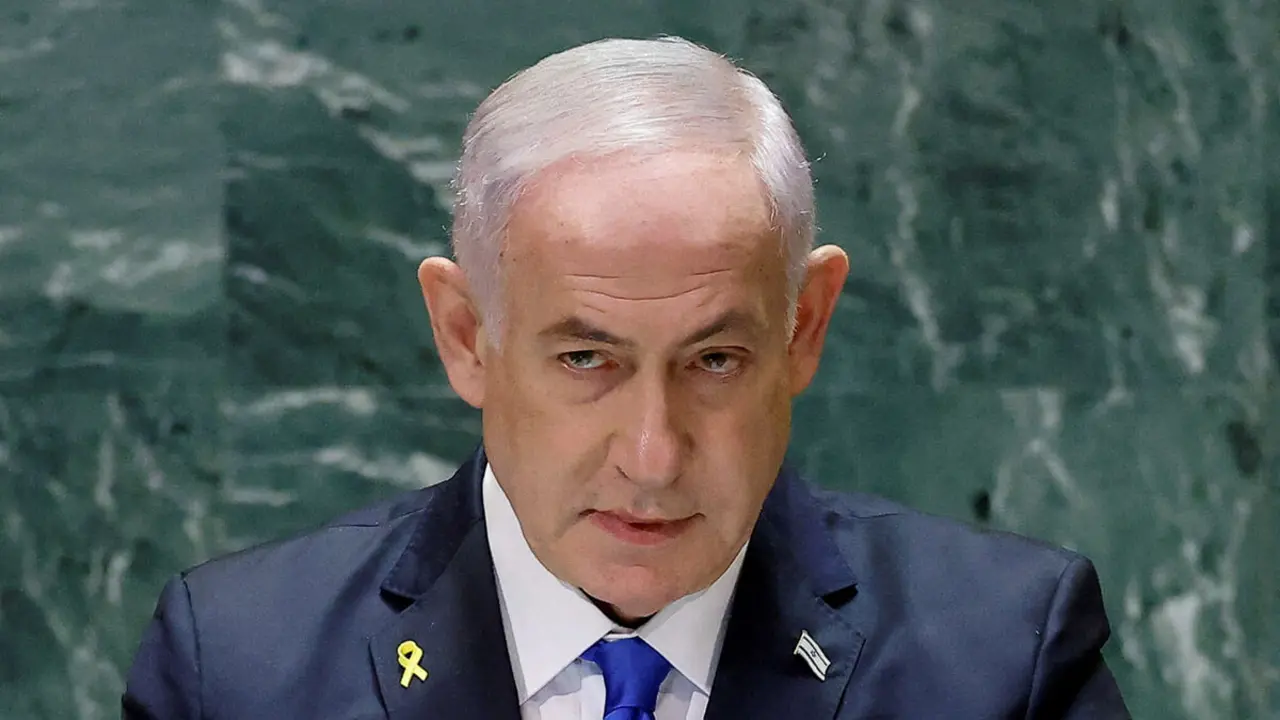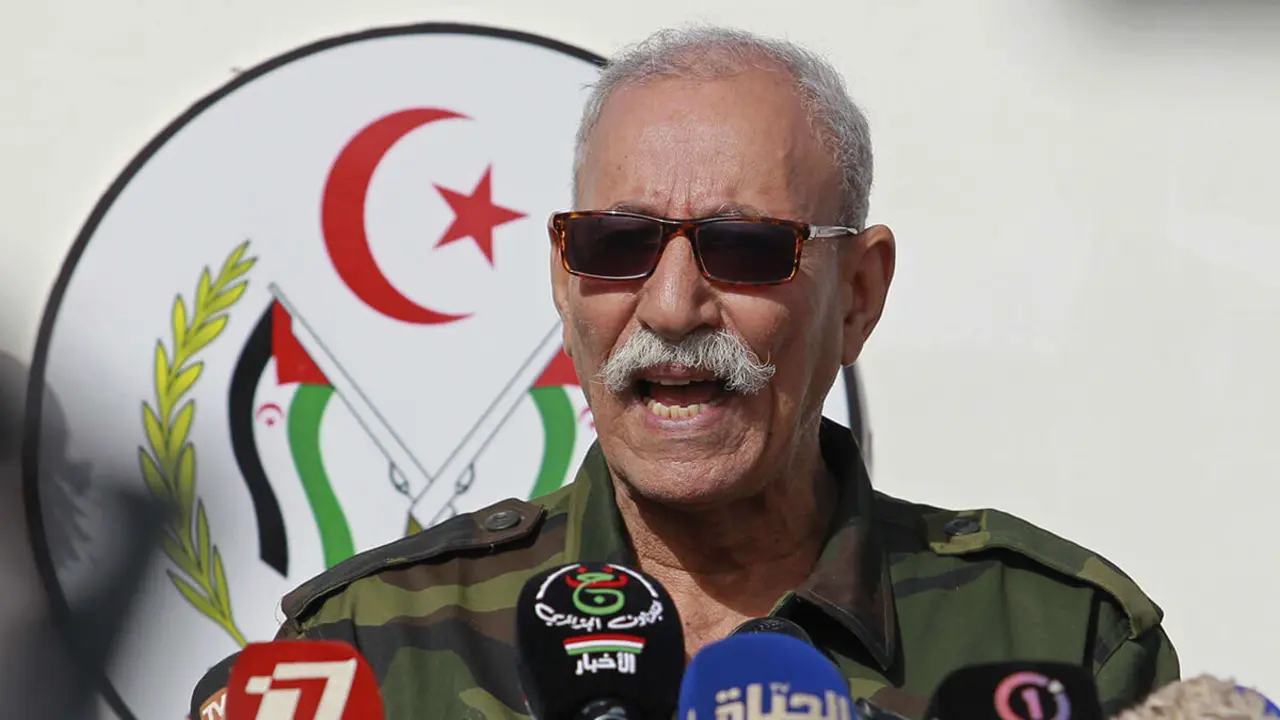Iraq: energy and security
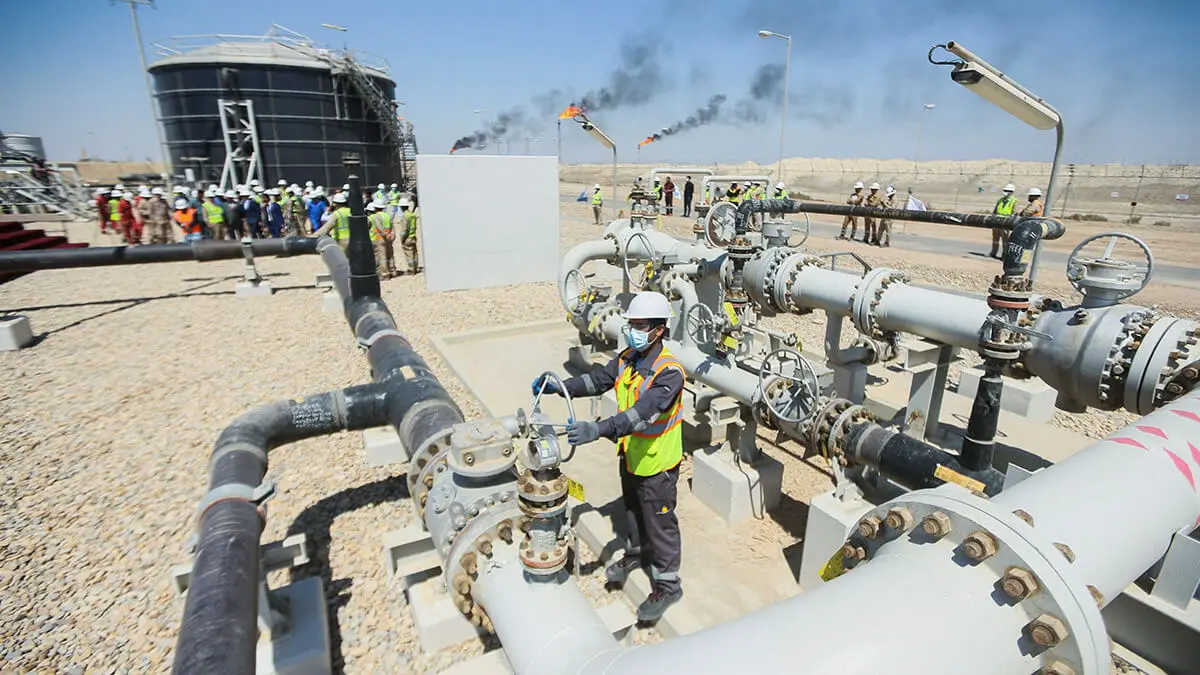
- Current situation
- Seeking solutions
- Bilateral relations with the United States: history and prospects
- Energy projects
- Security as a pillar for investment and energy stability
Baghdad has reoriented its relationship with Washington, driven by a dual imperative: to secure a reliable energy supply and strengthen its internal stability. This mutual rapprochement allows Iraq to move towards greater energy and political independence, while for Washington it represents an opportunity to counter the regional influence of Iran and China.
Current situation
Iraq faces a crucial moment to harness its vast energy potential, especially in natural gas. Currently, much of the gas associated with oil production is flared—in 2023, Iraq flared around 1.2 billion standard cubic feet of gas per day—representing a huge waste of energy and an environmental problem. At the same time, Iraq depends on gas imports from Iran, which total around 1 billion standard cubic feet per day and are unreliable, especially following the instability caused by the recent conflict between Iran and Israel.
The recent conflict between Iran and Israel has directly affected Iranian energy infrastructure, including major facilities such as the South Pars field, Iran's main source of gas. These attacks introduce a high degree of uncertainty about gas flows in the region.
This conflict raised concerns about the closure of the Strait of Hormuz, a mandatory passage for more than 20% of the world's oil and gas, briefly pushing Brent prices above £77 per barrel. Although it was not closed, there is a real fear that a disruptive blockade could affect export routes to Iraq.
The Trump administration's decision in March not to renew exemptions allowing Iraq to import gas and electricity from Iran left the country vulnerable to prolonged blackouts and power grid collapses. With temperatures exceeding 50°C in summer and an electricity grid already stretched to its limits—producing 16,000 MW with demand reaching up to 55,000 MW at peak times—Iraq entered an urgent race to secure alternative sources.
In addition, Iraq is among the five countries that burn the most gas in the world. Although the country ranks twelfth in the world in terms of natural gas reserves, most of that gas is not extracted directly, but is ‘associated gas’, i.e. gas obtained as a by-product during oil extraction, especially in the south of the country. Instead of taking advantage of this gas, much of it is burned, representing a huge loss of resources and generating pollution.
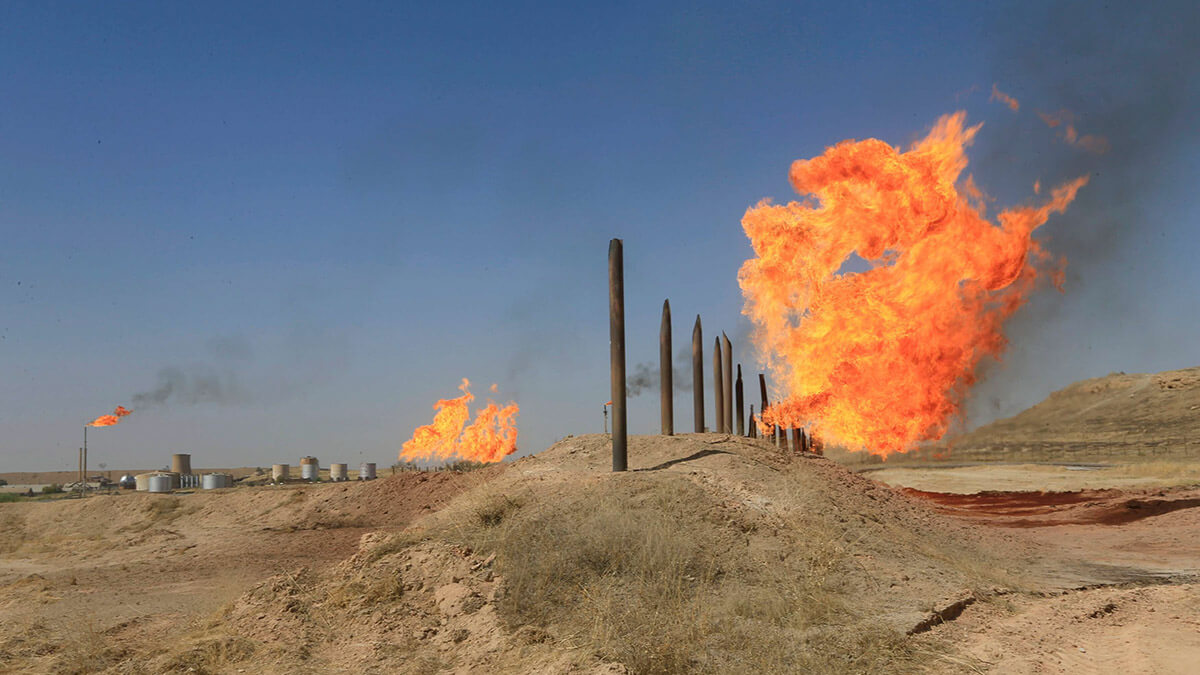
Seeking solutions
Iraqi Prime Minister Mohammed Shia' al-Sudani presented a government plan in January to completely eliminate gas flaring by 2028, during the inauguration of a series of oil projects in Baiji, Salahaddin province. ‘By 2028, gas flaring will cease throughout Iraq and this energy will be converted into useful energy,’ the prime minister said. ‘These measures are part of the agenda of the federal government and the Ministry of Oil,’ he said.
Some major gas utilisation projects are moving forward. One of the most notable is the ‘integrated gas growth’ project led by French company TotalEnergies. This project includes the creation of the Ratawi Gas Centre, which will process up to 600 million cubic feet per day of associated gas from several oil fields in southern Iraq. In January, TotalEnergies and its partners—the Iraqi company Basra Oil Company and QatarEnergy—began construction of the first facility to process gas from the Al-Ratawi field, located in the Basra governorate. When operational, this facility will initially process 50 million cubic feet per day of gas that was previously flared, which will be used to generate electricity locally.
Chinese companies are also participating in the construction of this infrastructure, and China is involved in other major energy projects in Iraq, such as the Allifa gas processing plant, which began operations in June 2024.
In addition, another important project is that of Basra Gas Company, a joint venture between Iraq's South Gas Company and multinationals Shell and Mitsubishi. This company is currently the largest associated gas processing project in the country, processing gas extracted from some of the largest oil fields in the south: Rumaila, West Qurna 1 and Al-Zubair.
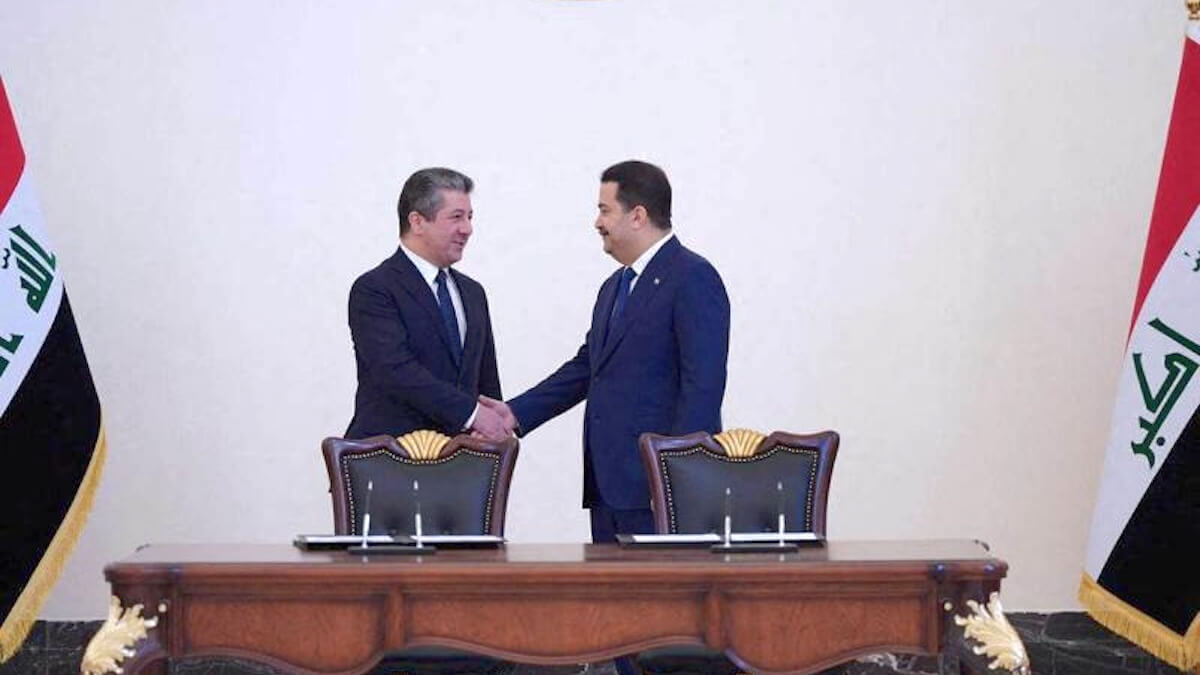
Bilateral relations with the United States: history and prospects
The relationship between the United States and Iraq has been marked by decades of tension and conflict that have left deep scars on regional stability. In 2003, under the George W. Bush administration, the United States led an invasion that toppled Saddam Hussein's regime, based on the suspicion—later discredited—that Iraq possessed weapons of mass destruction. Although this action eliminated an authoritarian dictatorship, it also dismantled Iraqi state structures and triggered a prolonged power vacuum. The lack of security facilitated the emergence of sectarian militias and extremist groups, unleashing a spiral of sectarian violence and terrorism. The prolonged US military presence, perceived as an occupation by many Iraqis, coupled with the influence of regional powers such as Iran, has created a complex and often tense relationship, where the country's sovereignty and stability remain vulnerable to internal and external conflicts.
Now, both nations appear to be on a new path towards rebuilding a prosperous future. Although the challenges are great, renewed dialogue and joint projects in key sectors, such as energy and security, open a window of hope for Iraq.
Energy projects
In April, Iraq signed a memorandum of understanding with GE Vernova to build combined cycle plants with a total capacity of 24,000 MW—the largest project in the country's recent history—accompanied by another agreement with UGT Renewables to add 3,000 MW of solar energy, advanced transmission technology and international financing. This project represents the most advanced effort in the country's history to improve its electricity generation capacity.
In addition, Iraq is in advanced talks with Excelerate Energy, a US company, to facilitate its first imports of liquefied natural gas (LNG), which would mark a significant step towards diversifying its energy sources.
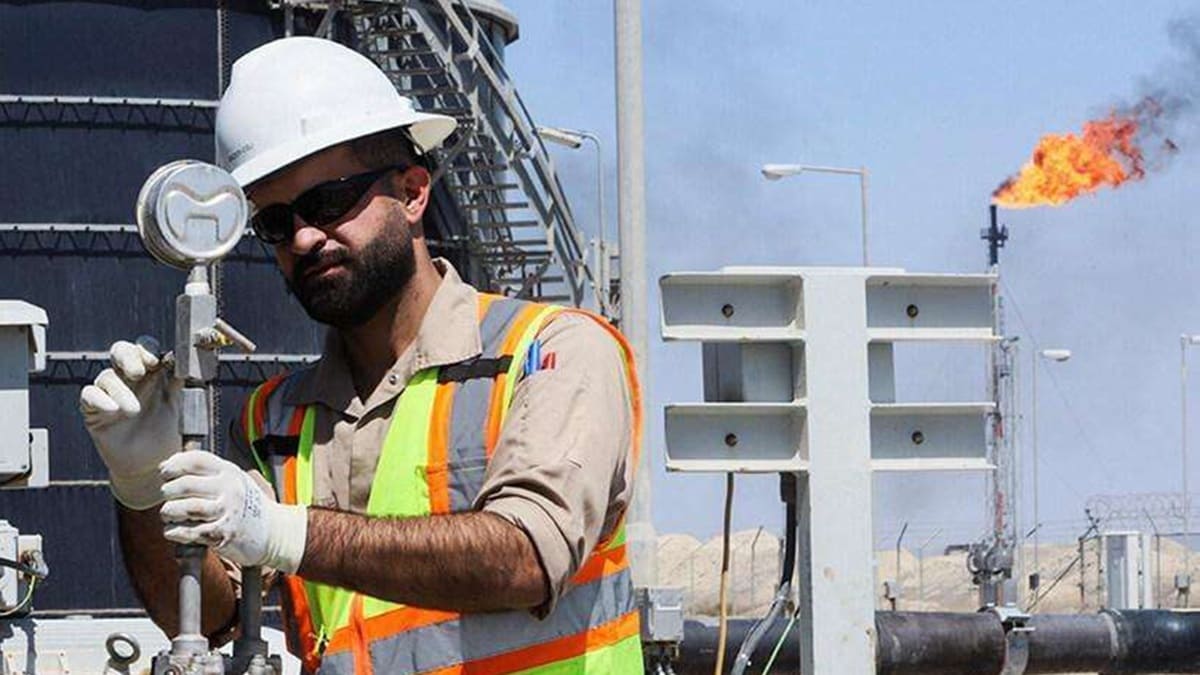
Security as a pillar for investment and energy stability
If Iraq wants to attract foreign investment and harness its enormous energy potential, it needs more than natural resources: it needs security. Strong energy cooperation with the United States will not be possible without internal stability, strong institutions and a secure environment that gives investors confidence.
This means that Iraq must face two major challenges: combating violent extremism and reducing the influence of Iranian-backed armed militias, which continue to operate outside the control of the state. For the United States, supporting Baghdad on these fronts is a priority.
Since 2014, the United States has maintained troops in Iraq as part of an international coalition to combat ISIS. Although the group was defeated territorially in 2017, it continues to operate through scattered cells seeking to destabilise the country.
In 2023, Iraq began transforming this multinational military relationship into a direct bilateral alliance with the United States. Despite a complex regional context marked by instability in Syria and the conflict between Iran and Israel, both countries share common security interests.
During 2025, Iraq has stepped up protection of strategic US bases, such as Al-Asad and Camp Victory, deploying local forces and advanced missile defence systems, including drone surveillance technology. These measures respond to increased threats from pro-Iranian militias, such as Kataib Hezbollah, which have warned of attacks on US targets if Washington intervenes in the conflict between Iran and Israel.
Furthermore, in June 2025, Iraq reaffirmed the need to maintain the presence of the international coalition against ISIS on its territory, arguing that the terrorist threat extends beyond Syria and remains alive. It is estimated that between 1,500 and 3,000 ISIS fighters are reorganising their networks, especially in urban areas, making international cooperation vital to contain this threat.
On the other hand, Baghdad and Washington have consolidated their cooperation through the Security Cooperation Dialogue, held for the second time in July 2024 in Washington. At these meetings, plans were made for the transition from the multinational coalition to a bilateral relationship focused on training, technical assistance and intelligence support. Under this agreement, although hundreds of US troops are expected to withdraw by the end of 2025, a contingent will remain to maintain essential capabilities in the fight against ISIS.

